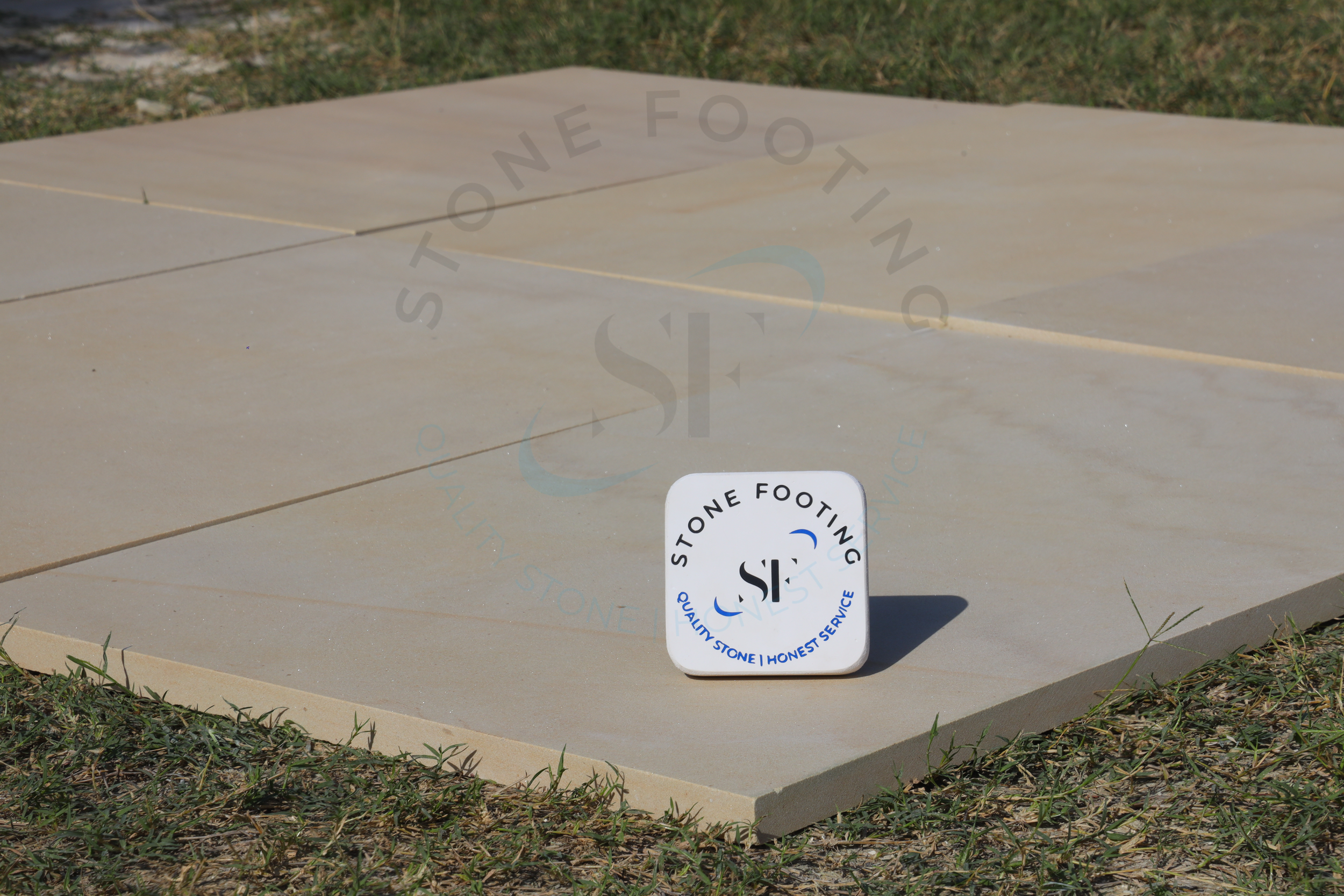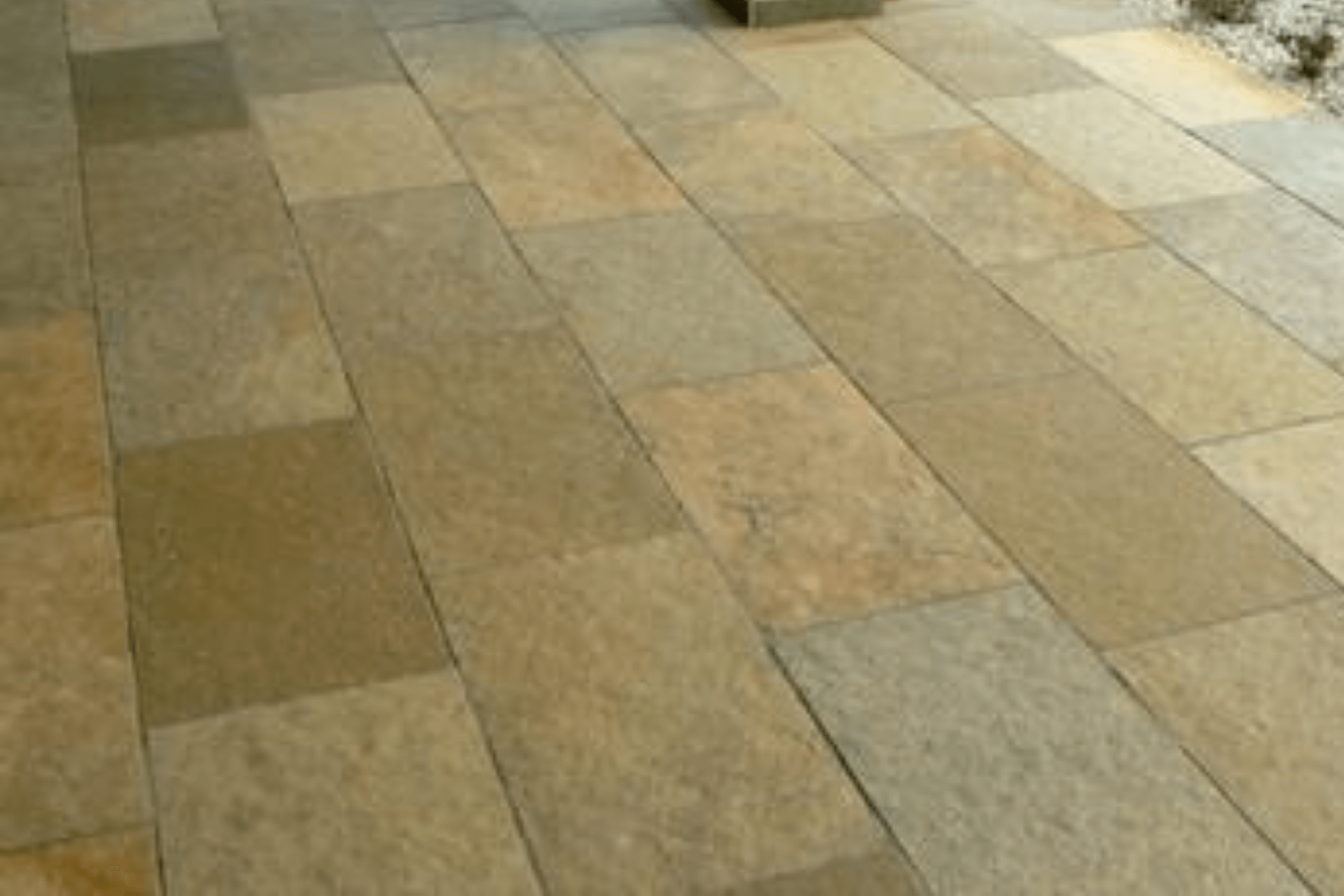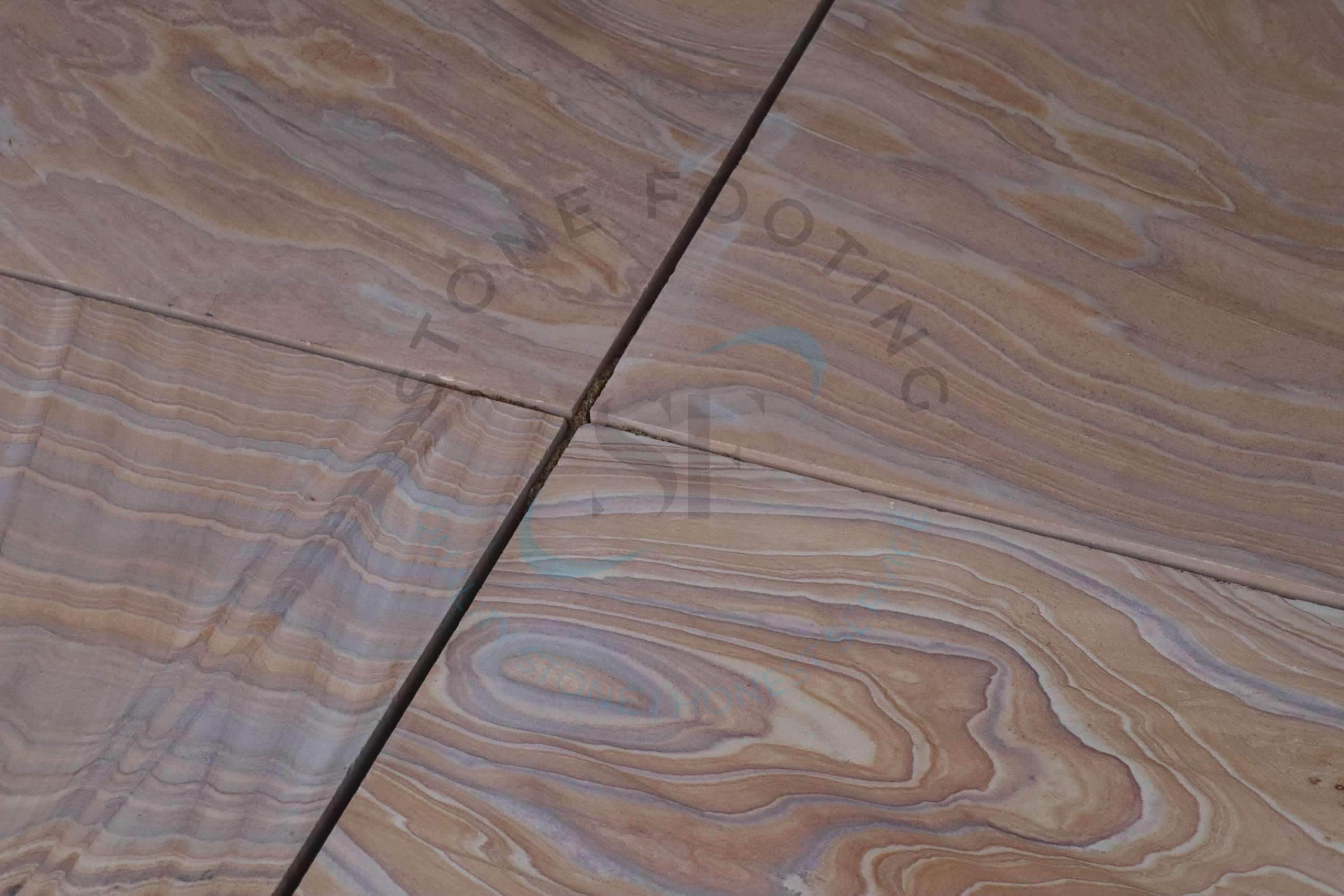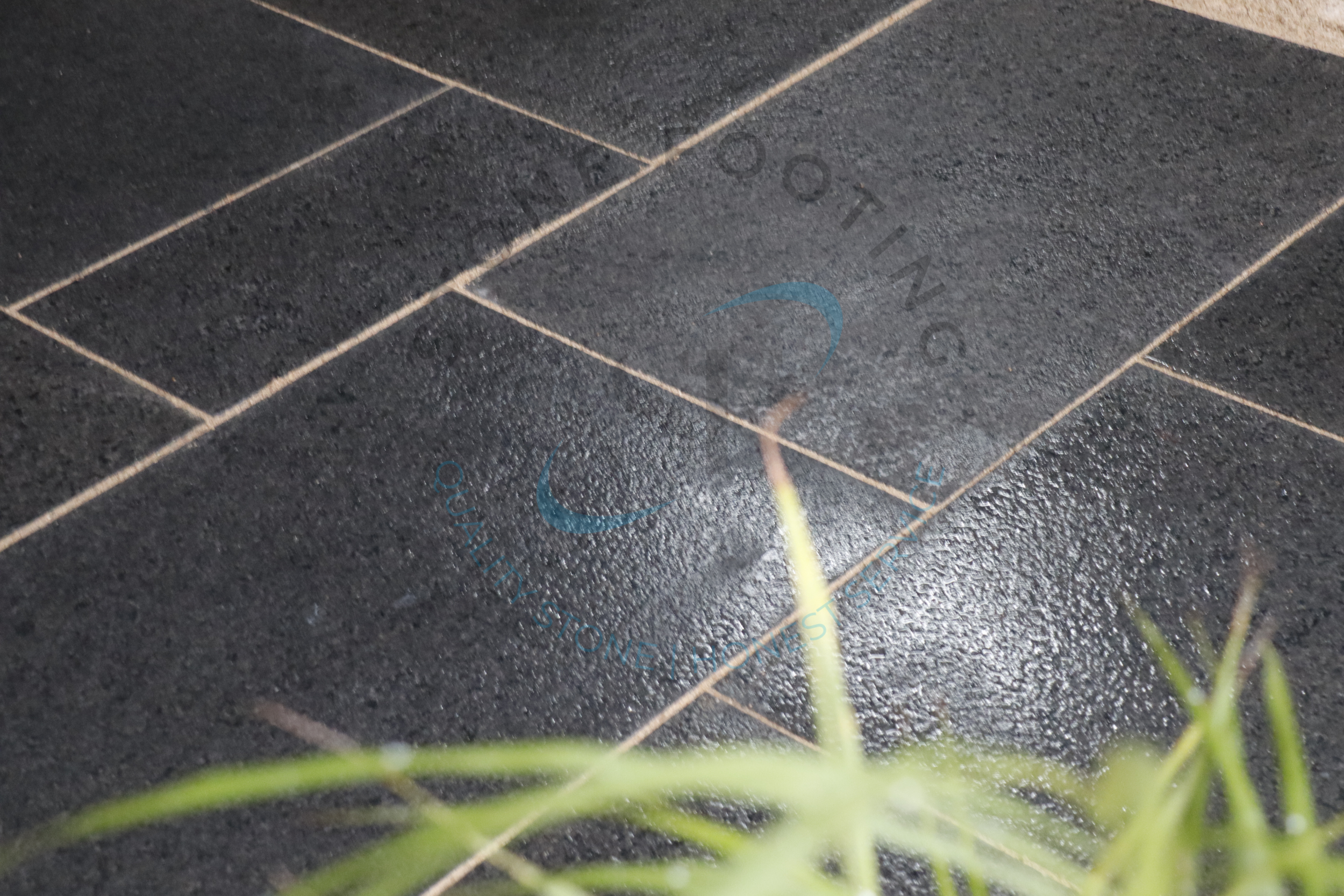Natural Limestone – Uses, Types And Finishes
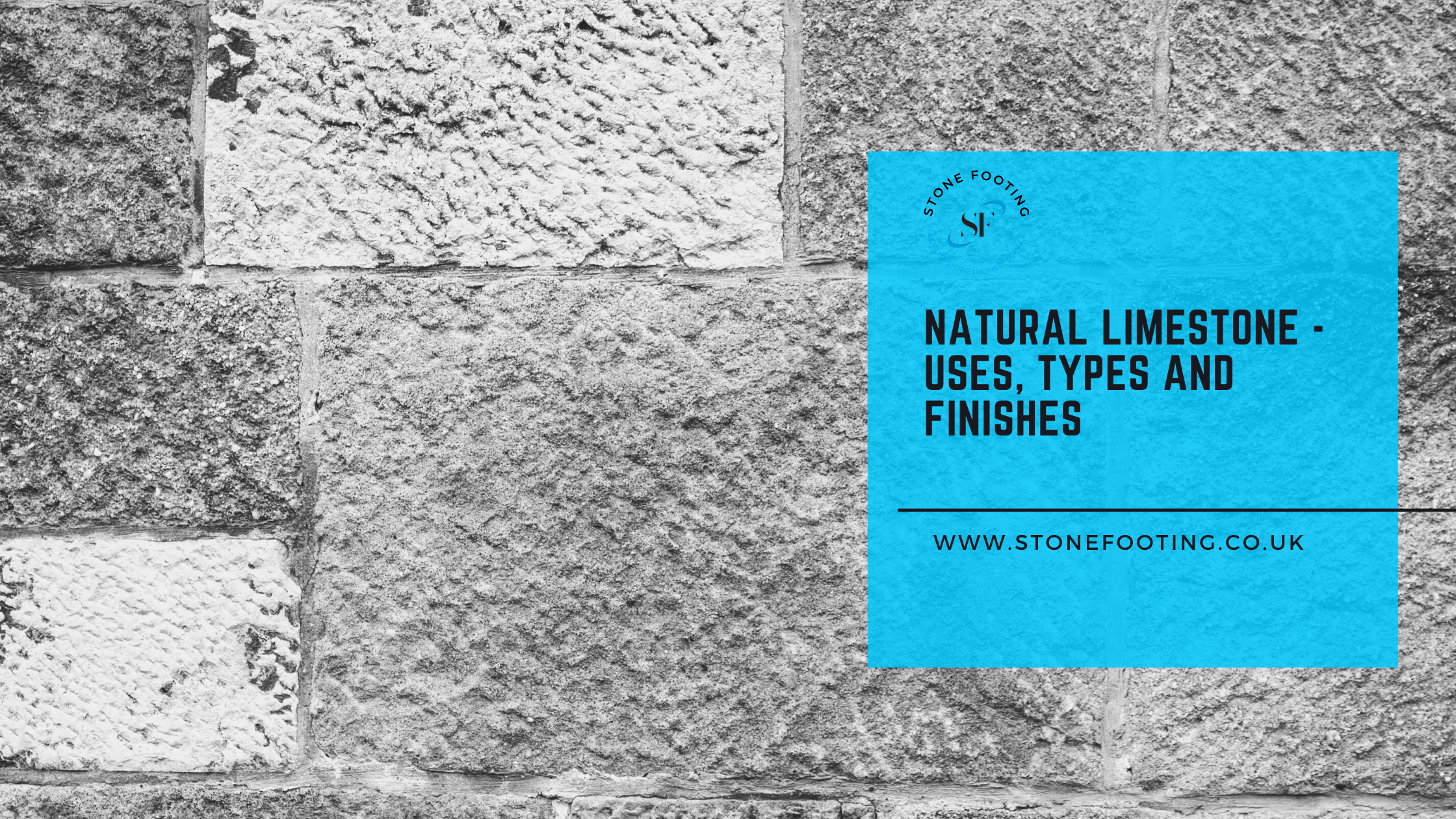
Many natural stones are used to create high-quality tiles that may be used for both commercial and residential applications. Some examples are limestone paving, marble, granite, and travertine. Some homes choose the less expensive synthetic materials such as vinyl and porcelain, which are also popular choices nowadays. All of these materials have varied textures and strength levels. Their price varies as well, depending on the supplier and production method. Also, natural stone tiles were used in older architecture, but synthetic materials are being used in more modern designs.
Here, let us bring about some spotlight on Limestones, being one of the highlighted natural stones that is used both for industrial and commercial reasons.
What Is Limestone?
Igneous rock, i.e. limestones are made mostly of calcium carbonate or calcium-magnesium double carbonate. It frequently contains tiny fossils, shell fragments, and other fossilized trash. On careful observation of the stone surface, these fossils are frequently apparent to the unassisted eye, but this is not always the case. The grain of some limestone paving kinds is exceedingly fine.
The most common color of limestone paving is gray, although it can also be white, yellow, or brown. It’s a pliable rock that scratches readily. Any common acid will cause it to effervesce quickly.
Furthermore, limestones have been used for thousands of years. Because of its refinement, attractiveness, and resilience, this material is commonly utilized for decorative and construction applications. Although limestone paving is not as hard as granite, it is significantly more durable than other landscaping options such as a wood/composite deck or concrete pavers. Limestone pavers may last for many years if they are properly maintained.
Uses Of Limestones
Humans rely on limestone as one of their most essential resources. It’s a very adaptable mineral that may be employed in a variety of sectors and applications. In practically every normal home, we may readily locate things made up of one or more forms. Here are several examples of uses of limestones:
Limestone has been utilized in construction and ornamental stones since prehistoric times. Limestone is still employed in a variety of construction projects. It is more ideal for this function because of its weather resilience and visual appeal.
Limestone paving is crushed and divided into various sizes for usage in a variety of applications. It is one of the most important elements in concrete.
The majority of its aggregates are utilized in the construction of road foundation, walls, paving slabs, and ornamental pieces, among other things.
Calcium carbonate in limestones are utilized in the manufacturing industry. It is used as a flux in the production of steel. It’s also used to cure latex and condition soil. It’s a key component of animal feed supplements (e.g. poultry grit).
Types Of Limestones
There are various types of limestones – To mention some:
Travertine
Travertine is a kind of limestone formed by precipitation evaporation and generating stalactites, stalagmites, and flowstone. Travertine, like normal limestone, is frequently used in home renovation projects as a countertop, backsplash, vanity top, and other surfaces.
Chalk
The famed chalk is a form of limestone. The white mud chalk that formed the cliffs was formed by the skeletons of tiny algae called coccoliths that accumulated over millennia. Even though these little skeletons are difficult to view without a strong magnification, thorough investigation of the cliffs may reveal skeletons and fossilized remains of ammonites, sea urchins, shells, and sponges. This is not the same as the chalk used on blackboards in schools, which is often made of gypsum.
Coquina
Coquina is a kind of limestone that forms on coastlines from shattered shell fragments.
Oolitic limestone
Oolitic limestone has an oozy appearance, with individual grains of calcite or aragonite forming spherical blob-like aggregates.
Finishes Of Limestones
Limestone paving goes through a number of processes before they are ready to be used in the interiors of homes or other structures. They are typically polished before being fixed to refine them. Economic indicators change throughout time, and as a result, the sort of tile that is in great demand changes as well. These days, matte finishes are also popular, so glossy tiles aren’t the only ones in high demand.
Limestone paving come in the following finish varieties, which may be utilized to achieve various visual appeals:
Honed Limestone: Limestone that has been honed has been filled but the polishing has been kept mild. Although the final appearance is matte, the elegance remains. As the demand for matte finishes has grown in modern buildings, Honed Limestone paving has become increasingly popular. Because there is no polish on them, they are simple to maintain and the color of the tiles remains consistent throughout time. Honed Limestone paving provides a relaxing appearance and feel when properly maintained. They’re also non-slippery, making them suitable for all users.
Polished Limestone: Because limestone is a porous material, the tiles contain natural pores. Specific filling reduces the size of these holes. The tiles are then finished and prepared to use. As the surface grows brighter and more gleaming, they become more reflecting. The cleaning of the tiles also makes them more slippery. Polished Limestone slabs are the most popular choice for both floors and walls.
Tumbled Limestone: This variety has somewhat rounded edges and corners. Limestone is tumbled with other stones to give it round corners. The final product has the appearance of antique and vintage stone. This sort of finish is appropriate for outdoor use, but it may also be used to match the design of a new kitchen or room. Tumbled Limestone is an excellent option for consumers who want older vintage styles.
Brushed Limestone: These tiles are the most basic and neutral in color. Wire brushes are used to brush the tiles, and they cannot be tumbled. The end result is a matte finish. Because the finishing isn’t done in great precision, they’re primarily used outside.
At Stone Footing, the leading wholesaler of Limestone with all possible finishes at best prices, we provide our customers personalized choices based on thicknesses, shape, and appearance. We also maintain track of comparisons and timely shipments. In fact, various tests are done prior to final shipping, so that our clients do not have to worry about transportation or reliability difficulties.
Frequently Asked Questions
Is limestone pavement superior to sandstone paving?
The textures of limestone and sandstone are very different. Limestone has a flatter and smoother surface with fewer ridges. As a result, the even surface makes it excellent for driveways as well as numerous inside applications. Sandstone, on the other hand, has a more irregular texture with a rippling pattern.
Does limestone paving need to be sealed?
It is never necessary to seal your stone, however it is strongly recommended with limestone. Limestone performs far poorer than other stone kinds because of its chemical composition, which is mostly carbon-based.
What is the appearance of a limestone rock?
Limestone is often gray in color, although it can also be white, yellow, or brown. It is a soft rock that may readily be scraped. It will quickly effervesce in any ordinary acid.

